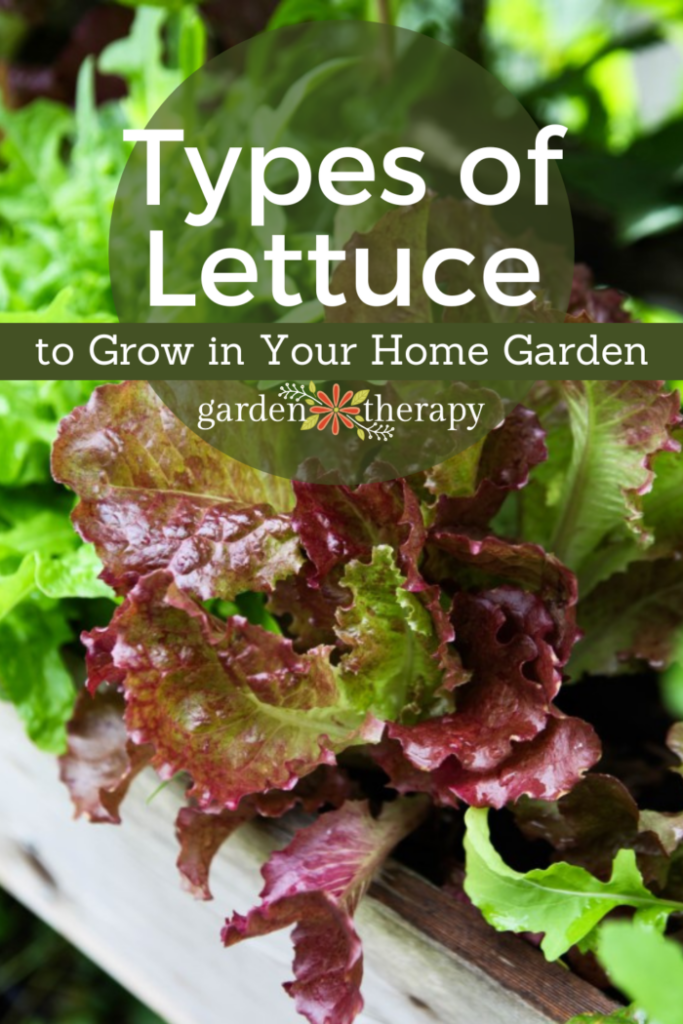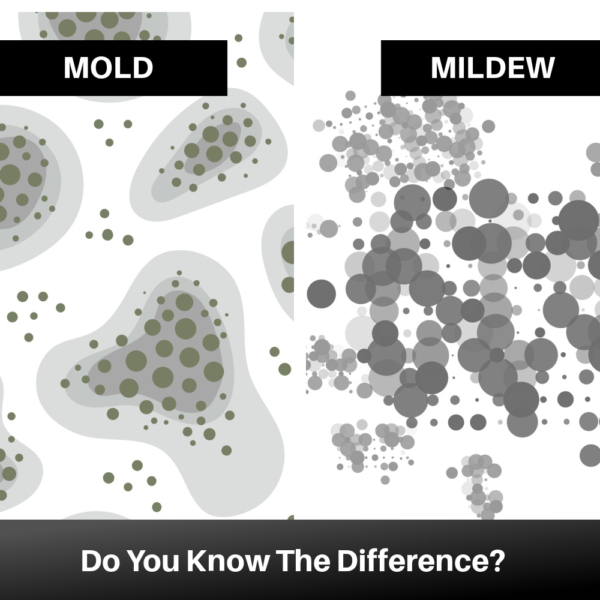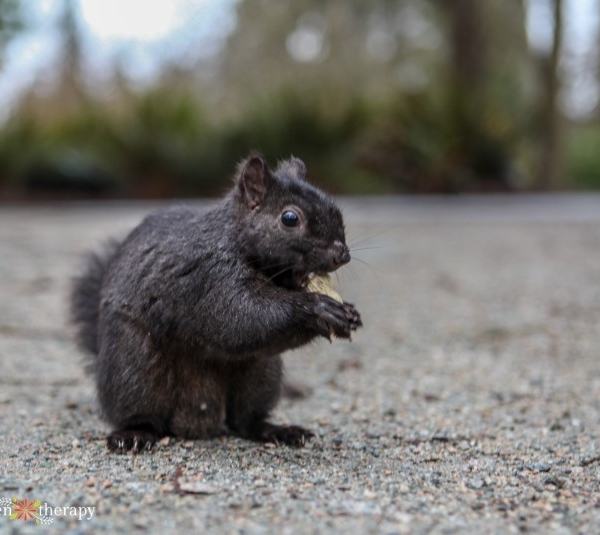If you’ve ever looked at a seed catalogue, you’ll be bombarded with more options than you know what to do with. But what are the different lettuce greens you find at the store? Can you grow those yourself? Today, I’m breaking down the types of lettuce you can grow at home and which ones I recommend!
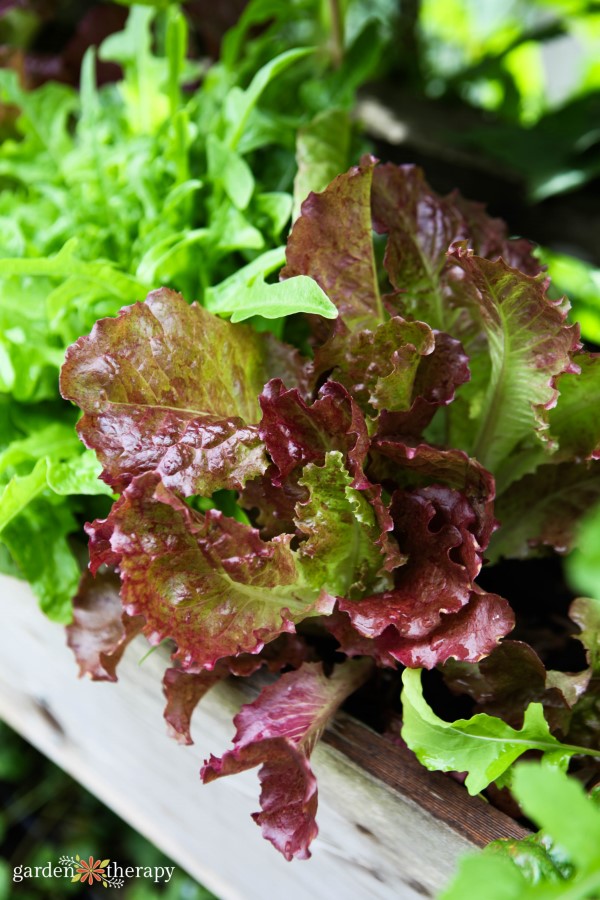
Without a doubt, lettuce is a staple in many of our grocery stores, gardens, and fridges. We can’t get enough of its health, mild flavour, and crunch that comes with a good piece of lettuce.
Lettuce plants are cool-season annuals that are actually part of the daisy and sunflower family, Asteraceae. Typically, we grow them in spring and fall. During the summer, conditions are too hot, and the lettuce tries to bolt.
Bolting is when the plant flowers and goes to seed. At this point, the leaves usually become bitter. So we want to harvest our lettuce before then!
You have four main types of lettuce to grow: butterhead, crisphead, romaine, and loose-leaf lettuce. I typically break things down into either loose-leaf or head lettuce.
There are SO many different types of lettuce, so let’s break things down a bit so you can figure out the different lettuce greens you want to grow in your garden.
This post will cover…

Expert Tips for Growing Lettuce
- Head lettuce is best grown for harvesting large quantities of lettuce at one time, or when you want larger leaves, such as those used for wraps and burgers.
- Loose-leaf lettuce is the easiest to grow and you can harvest it quite quickly and throughout the growing season when you practice succession planting.
- Beneficial insects are important for natural pest control. Predatory wasps can get in between the leaves of the tightly packed lettuce, practically washing out your lettuce for you.
- When harvesting loose-leaf lettuce, rinse it and wash it in a salad spinner. Rather than transferring the lettuce to a plastic container, let the greens sit in the fridge in the salad spinner. They will last much longer this way!
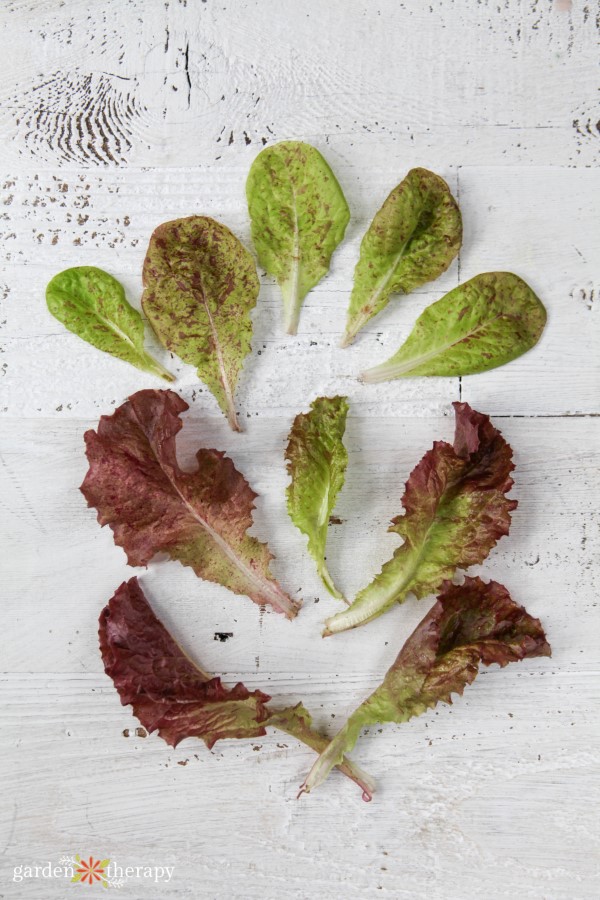
Head Lettuce
Head lettuce grows in tight bunches of leaves. They’re round in shape and can get to be the size of a human head!
First, they form a rosette in the center. Then layers of leaves grow around it to cover the middle. Most lettuce varieties can produce a full-sized head when left to reach maturity.
There’s also mini-head lettuce, which is much smaller. These are either harvested earlier or are specific varieties of lettuce that don’t grow as large.
To harvest head lettuce, you take the whole head of lettuce, cutting the stem at the base of the plant.
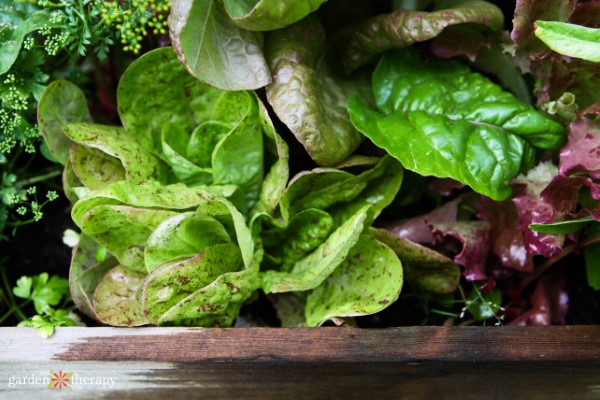
Different Types of Head Lettuce
Many of the most popular types of lettuce we find in the grocery store are considered head lettuce. Here are some different types of head lettuce:
- Iceberg lettuce: once the most popular type of lettuce, iceberg lettuce is still a popular lettuce for crunchy salads. A type of crisphead lettuce, it has stiff leaves that grow upright. The appearance is similar to cabbage, with a familiar circular shape and light green colour.
- Romaine: popular for its crisp and mild flavour, people likely consider romaine one of the best types of lettuce since it’s the core of Caesar salad. The upright leaves are long, creating a tall oval shape and have a sweet flavour. The outer leaves are dark green and slowly lighten to a lighter green inside.
- Butter lettuce: this lettuce has a very loose head formation, where you can easily break off the outer leaves one at a time. The leaves are often bright green, large and wide, and can bruise easily. The taste is very sweet and buttery. Boston and Bibb are the most popular types of butter lettuce, and Bibb is mostly grown for mini-heads.
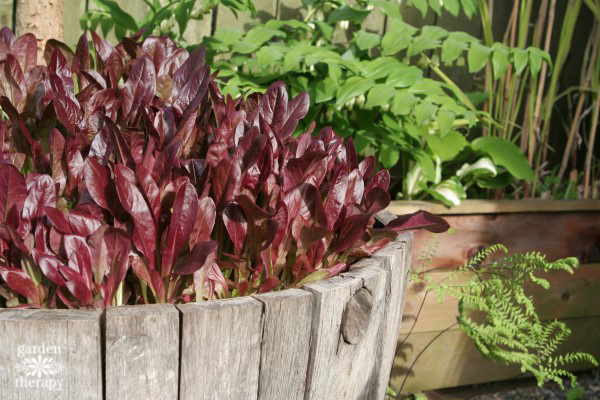
Loose-Leaf Lettuce
You’ll often find loose-leaf lettuce in the plastic containers at the grocery store. They are open leaves in loose clusters rather than a singular, large head. They have no true stem until the lettuce begins to seed, in which a tall flower emerges from the center.
The leaves of loose-leaf lettuce grow outwards from the base. When harvested, you pick the outer edges of the plant or harvest the entire thing at once. This method of harvesting as you need makes loose lettuce preferable for home gardeners, as you don’t have to wait for an entire head before you can harvest it.
This also means that the leaves are more perishable than the head varieties, so they’re best eaten fresh. Many people grow loose-leaf lettuce as baby greens, which is when you sow the seeds in a high density and harvest when they’re very young. Loose-leaf lettuce has a much quicker maturity time than head lettuce.
Loose-leaf lettuce comes in various colours, such as red, green, and speckled, and shapes, including flat, crinkly, and oakleaf.
Different Types of Loose-Leaf Lettuce
Loose-leaf lettuce comes in all kinds of varieties, though many are lesser known than the head lettuces since we often grow them as salad mixes rather than each variety individually. Here’s how most are broken down:
- Oakleaf lettuce: this lettuce has curly edges and crisp centers. As the name suggests, the shape is similar to the leaves you find on an oak tree. Many people grow oakleaf lettuce for baby leaves.
- Green and red leaf lettuce: most spring mixes will comprise of green and red leaf lettuce. They typically have a mild flavour and bright colours, whether that’s a deep burgundy or a vivid green.
- Lollo rossa: this frilly, red lettuce is often grown as a garnish or for wraps. Think of the lettuce decorating a buffet! It’s also great to grow for baby leaves.
- Summer crisp: also known as Batavia, this lettuce can be grown to full maturity as a head lettuce or harvested when young as a loose-leaf lettuce. Even as a head, separating the leaves is loose and easy. It has thick, crisp leaves, often with a crinkly edge.
Some of the most popular loose-leaf lettuce to buy are red sails, salad bowl, red salad bowl, merlot, and oakleaf.
Cut-and-Come-Again Versus One-Cut Lettuce
Another way to classify the different types of lettuce is by how you harvest it. The cut-and-come-again method is my personal favourite choice and how I like to grow my lettuce. Through this method, you cut the outer edges of loose-leaf lettuce as you need it. One-cut lettuce is when you harvest at once, typical of head lettuce.
With cut-and-come-again lettuce, the plant will continue to grow after you harvest from it, as long as the basal (main base) of the lettuce remains intact. Lettuce for cut-and-come-again gardens are those that regrow fast, retain flavour, and are uniform in size and shape.
You can practice succession planting easily with lettuce using the cut-and-come-again method and sowing replacement seeds once a week for an endless supply of greens.
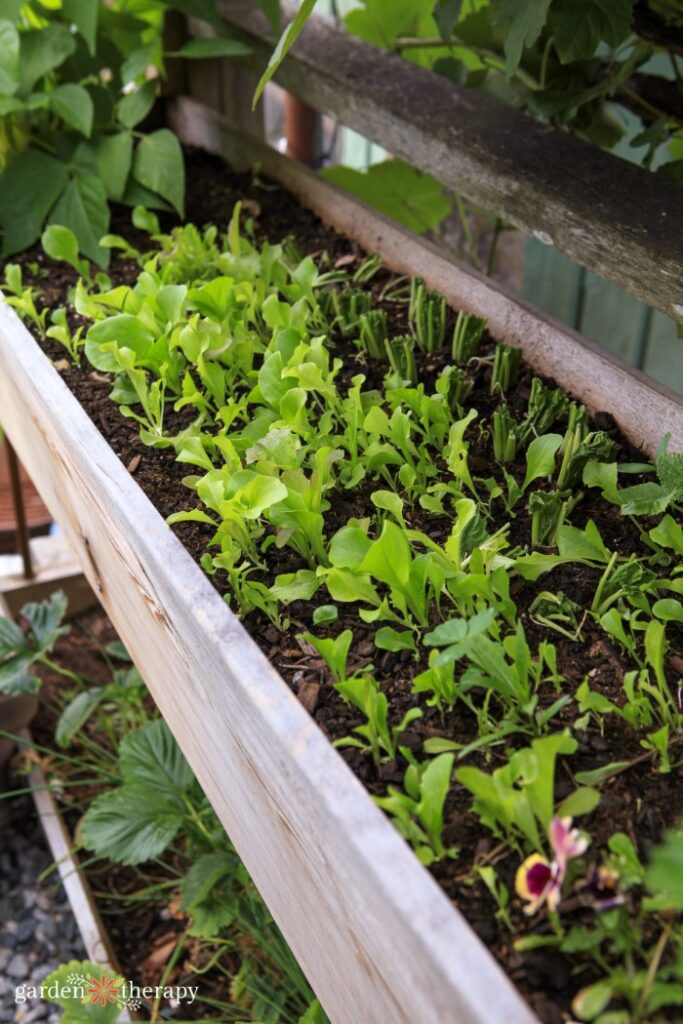
My Personal Lettuce Recommendations
So what do I grow at home? Here are different lettuce greens I grow on a regular basis:
- Freckles: this is a bright romaine with splotches of red. It’s crisp and can be grown as baby leaf lettuce or as a head.
- Red sails: these deep red leaves have a medium green center and crinkly edges. Red sails take a long time to mature, meaning you have plenty of time to harvest before it begins bolting.
- Darkness: a type of lollo rossa lettuce, darkness is a deep red lettuce with very frilly edges. I love the colour darkness adds to my salad and the texture.
- Green oakleaf: one of the easiest lettuces to grow, these are great baby greens. The taste is very rarely bitter, offering a mellow and sweet flavour.
- Buttercrunch is a type of bibb lettuce with delicate bright green leaves. You can even grow this all winter with frost protection.
To top it off, I also mix in baby kale, arugula, and Swiss chard.
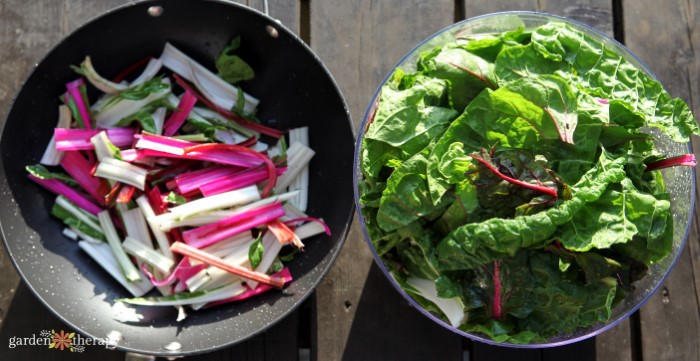
Frequently Asked Questions About The Different Types of Lettuce to Grow
Loose-leaf lettuce is best for beginners. It grows quickly, and you can harvest it as needed rather than waiting for a whole head of lettuce to form. Pests also really love lettuce, so the longer growing times can be quite a detriment; even if your head lettuce is growing well, others could munch it before you get the chance to.
Look for lettuce advertised as baby leaf lettuce (often loose-leaf lettuce). These types of lettuce are ready for harvesting just 3-4 weeks after you plant the seeds. Then you can practice them as a cut-and-come-again garden, sowing seeds once a week for a constant supply of baby greens.
You can grow loose-leaf lettuce year-round in mild climates and maybe even in cold climates when you grow them with protection, such as in a cloche tent, cold frame, or greenhouse.
More Tips for Growing Lettuce

